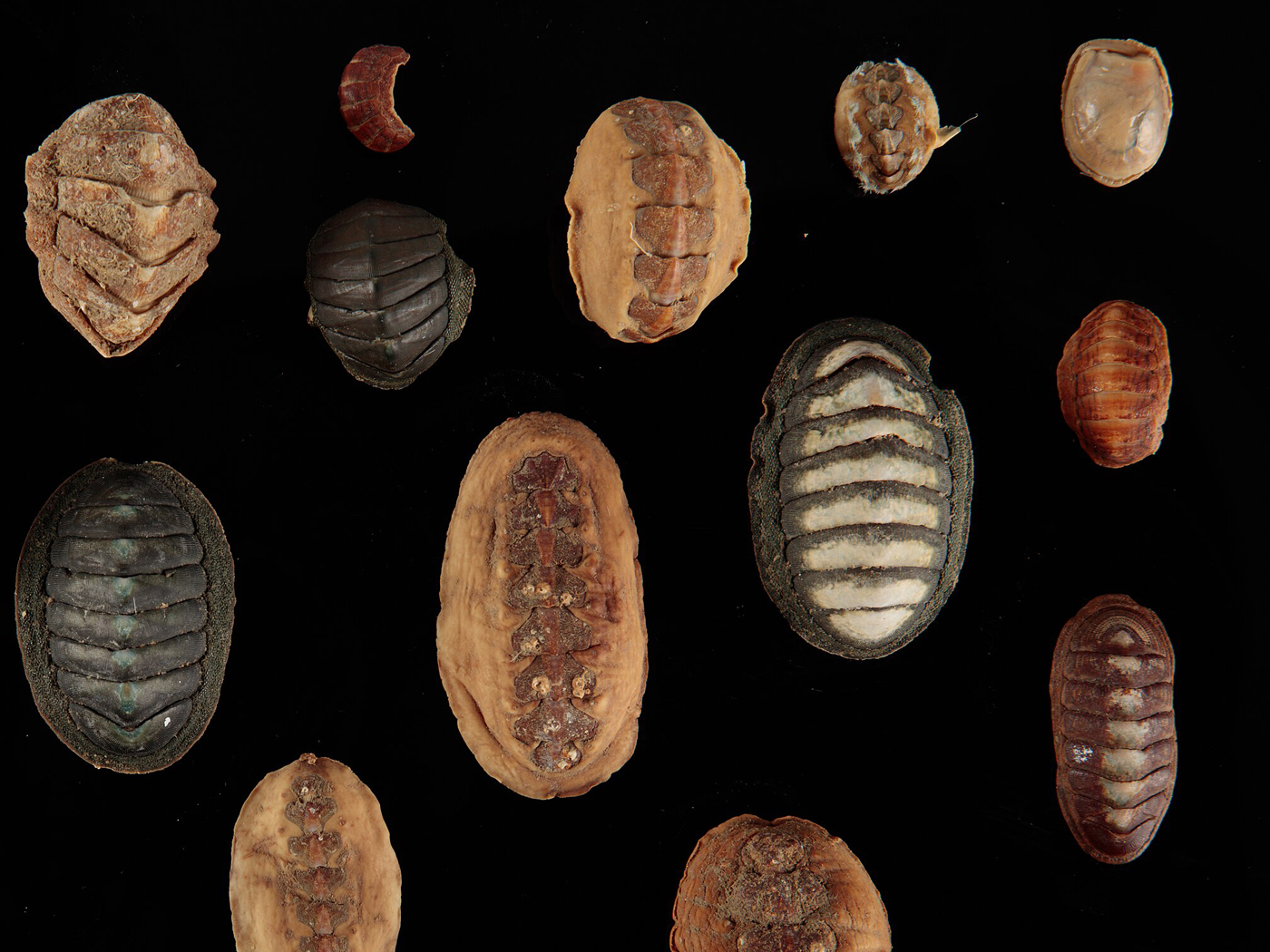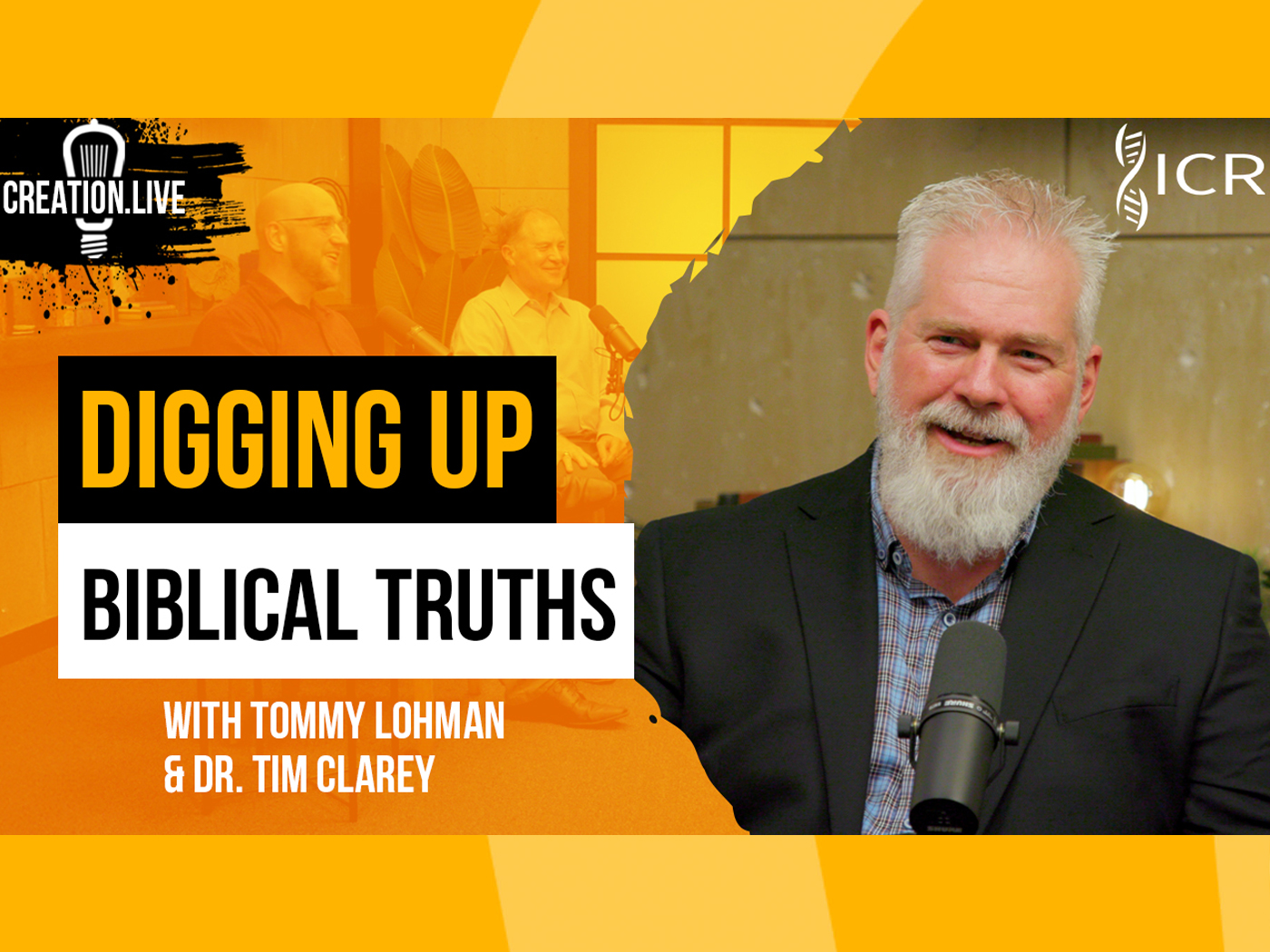Coral reefs are a key component of ocean ecology, providing homes and habitats for a wide diversity of life. While a head of coral may look like a single organism, it’s actually a conglomeration of numerous genetically-identical creatures called polyps. These multicellular organisms are thought to represent a primitive form of multicellular animal life. In fact, secular scientists allege that the first corals evolved at the earliest stages of life on Earth over 400 million years ago. But are corals actually primitive, or are they just another example of highly complex designed engineering?
A new study in corals is befuddling the evolutionary story that life became progressively more complex over eons of time.1 This research involves a highly elaborate system of cellular recoding that enables organisms to change genetic information in response to environmental cues or during different stages of development. The phenomenon called RNA editing is so complicated that it’s only beginning to be understood.
Nothing appears to be primitive! ![]()
The DNA of an organism can be viewed as its hard drive, containing programs and other information needed to run the cell. Copies of programs in the DNA, called genes, are transcribed into RNA much like programs from a computer hard drive are copied into temporary memory so the software can be readily used. Scientists initially thought that the information coded into RNAs didn’t change—it was either used to make a protein, or the RNAs were used directly for some specific purpose in the cell. However, it turns out that the bases in the RNA can be changed dynamically on the fly in a fine-tuning process called RNA editing.
A common type of RNA editing in animal cells involves the alteration of an adenosine base to an inosine base (A-to-I editing). The inosine base is not part of the standard genetic code, but is interpreted as a guanine base by the cellular machinery. This type of editing has profound effects on gene expression and can lead to the creation of different forms of proteins or RNAs with different functions. Its purposes are still being discovered, but it’s known to be involved in the adaptation and function of the nervous system where lightning-quick responses are required.
The best-documented cases of RNA editing in animals have been in mammals, flies, octopuses, and squids. In mammals and flies, it’s thought to occur at fairly low levels, but plays a huge role in the nervous systems of squids and octopuses.2,3 And as RNA editing is being studied more in humans, our knowledge of its importance in the nervous system is increasing.4
In this most recent study, scientists analyzed RNA editing in the coral Acropora millepora, which was supposedly one of the most basal or primitive animals. The researchers focused on reproductive cells where RNA editing was believed to play an important role. Surprisingly, it was discovered that the RNA editing patterns in the corals resembled those found in mammals. In fact, they found over 500,000 sites in coral genes where the sequence had been altered with RNA editing. The RNA editing levels were increased during spawning and increased even more in newly released gametes.
So how was a dynamic phenomenon like RNA editing as complex as that found in mammals also present at the supposed beginning of animal evolution in corals? This represents a repeating theme in scientific discovery: nearly infinite levels of complexity in cellular systems at all levels of life. Nothing appears to be primitive!
An all-wise and all-powerful Creator engineered it all from the beginning. ![]()
This pervasive paradigm completely befuddles the evolutionary idea that life started out simple and then became increasingly complex over time. Science and its amazing discoveries can only be rightly interpreted within the model that an all-wise and all-powerful Creator engineered it all from the beginning.
References
- Porath, H. T. et al. 2017. A-to-I RNA Editing in the Earliest-Diverging Eumetazoan Phyla. Molecular Biology and Evolution. 34 (8): 1890–1901.
- Tomkins, J. P. RNA Editing: Biocomplexity Hits a New High. Creation Science Update. Posted on ICR.org March 2, 2015, accessed August 20, 2017.
- Thomas, B. 2012. Octopus Cold Adaptation Surprises Scientists. Creation Science Update. Posted on ICR.org March 28, 2012, accessed August 20, 2017.
- Tariq, A. and M. F. Jantsch. 2012. Transcript Diversification in the Nervous System: A to I RNA Editing in CNS Function and Disease Development. Frontiers in Neuroscience. 6: 99. DOI:10.3389/fnins.2012.00099.
*Jeffrey Tomkins is Research Associate at the Institute for Creation Research and earned his Ph.D. in Genetics from Clemson University.
Article posted on September 18, 2017.














